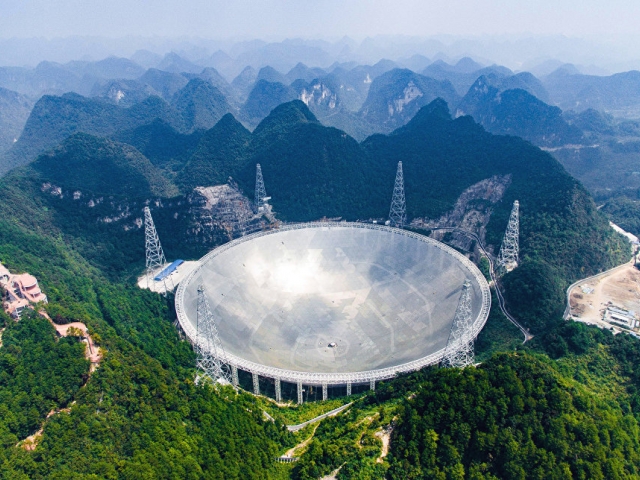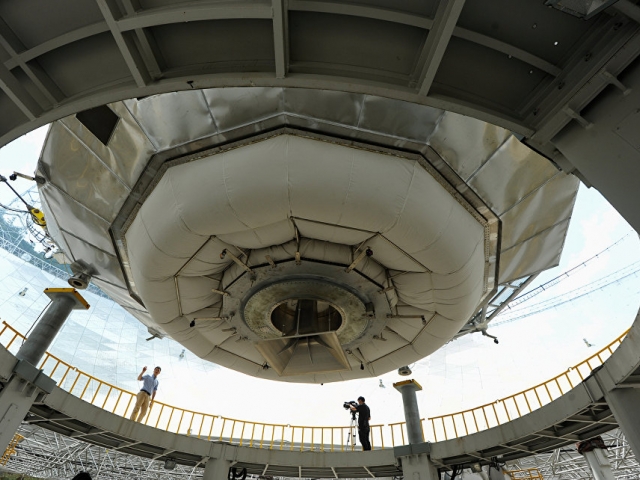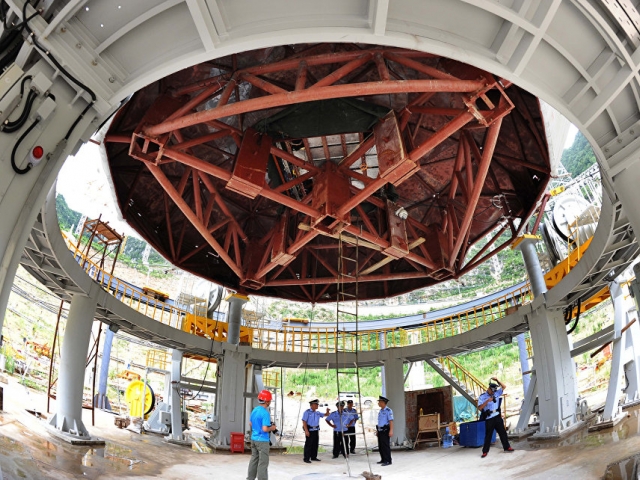
Top 5 locations for stargazing
Astrotourism is becoming more popular every year. People are willing to travel thousands of kilometers to admire the stars. But which places on Earth are considered the best for this? Let's find out now!




Shortly after noon, in a karst valley in Pingtang county, hundreds of astronomers and astronomy enthusiasts witnessed the official launch of the Five-hundred-meter Aperture Spherical Telescope's (FAST) mission to explore space and hunt for extraterrestrial life.

The world's largest radio telescope was put into use on Sept 25 in a mountainous region of southwest China's Guizhou province. The installation of the telescope's main structure — a 4,450-panel reflector as large as 30 football pitches — was finished in early July.

Work on the nearly 1.2-billion-yuan ($180 million) project started in 2011, 17 years after it was proposed by Chinese astronomers. The astronomer was awarded the Nobel Prize in physics in 1993 for discovering indirect proof of gravitational waves with the assistance of Puerto Rico's Arecibo Observatory, home to a radio telescope that is 350 meters in diameter.

On September 25, the installation of the 30-ton irradiator for FAST was completed. The irradiator is necessary to collect radio emission.

The telescope is connected to one of the fastest astronomy computers Sky Eye 1 and is expected to enhance China's space exploration capabilities.

Experts believe that FAST will open up new opportunities for China in the field of space exploration.

Astrotourism is becoming more popular every year. People are willing to travel thousands of kilometers to admire the stars. But which places on Earth are considered the best for this? Let's find out now!